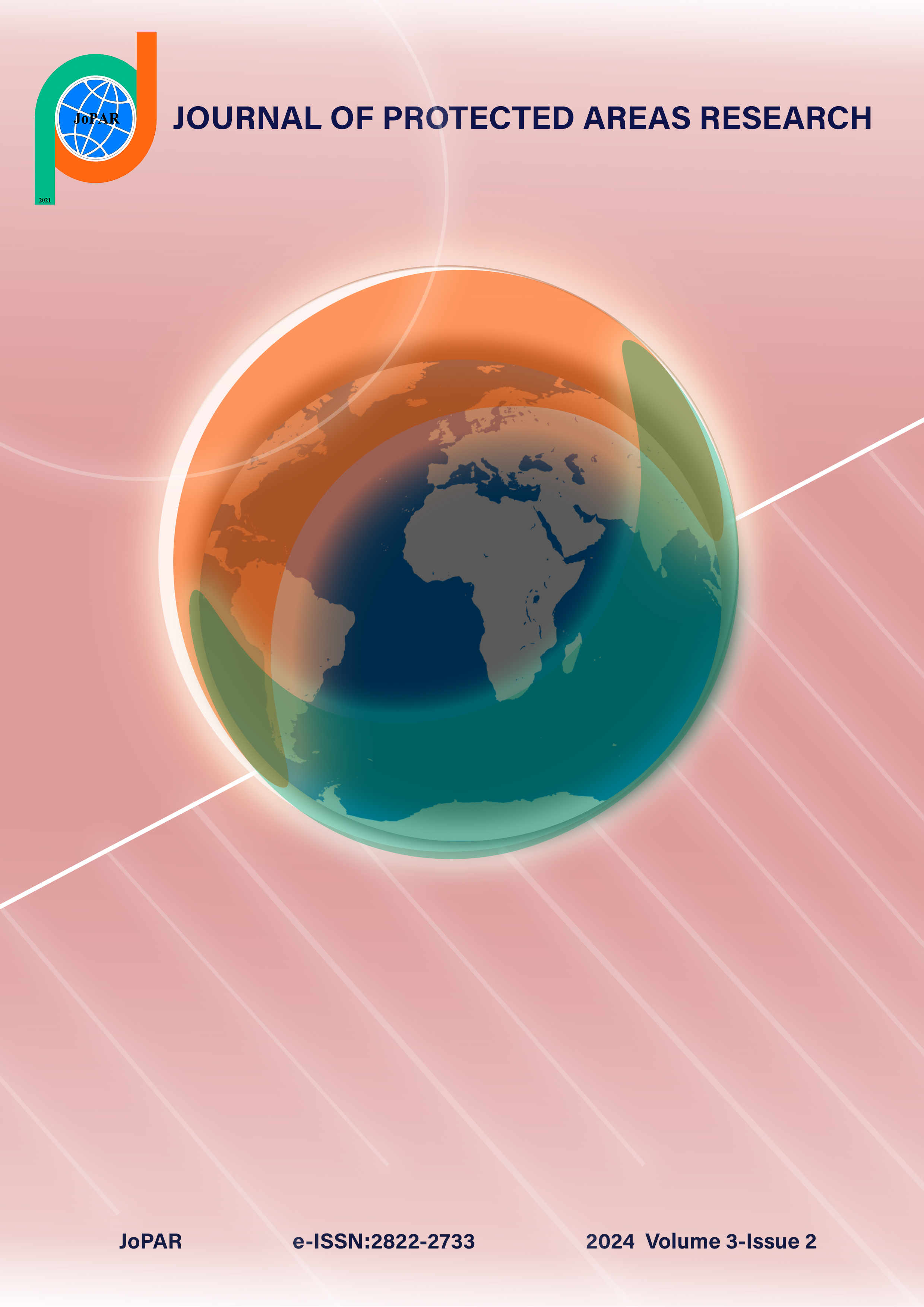Thermal Comfort Evaluations of Monumental Anatolian Seljuk Mosques in Konya in the Temperate-Dry Climate Region
Ilımlı-Kuru İklim Bölgesinde Konya'da Yer Alan Anıtsal Anadolu Selçuklu Camilerinin Termal Konfor Değerlendirmeleri
Keywords:
Monumental mosques, Anatolian Seljuk period, thermal comfortAbstract
Monumental mosques are valuable elements of cultural and architectural heritage. Documentation of the features of these structures is important. It is important to document the architectural design properties of these buildings. Mosques are characterized by unique and intermittent working hours. This affects the climate-related design properties of mosques. Providing comfort conditions in interior spaces with energy-efficient methods is an important issue. This study handles the monumental mosques built during the Anatolian Seljuk Period in Konya, a city located in the temperate-dry climate region. It aims to document and create an inventory of monumental religious buildings and investigate them in terms of thermal comfort parameters. In the study prepared within the scope of the Scientific Research Project (BAP), the Tahir and Zühre Mosque built during the Anatolian Seljuk Period is handled. The religious building that is determined the architectural design properties is modeled using the DesignBuilder simulation software and analyzed in terms of thermal comfort. The findings show that monumental religious buildings have great importance in terms of thermal comfort in line with their architectural design features. Studies in this field are limited and this study is pioneering in this respect.
References
Abdou, A., Al-Homoud, M. & Budaiwi, I. (2005). Mosque Energy Performance, Part I: Energy Audit and Use Trends Based on the Analysis of Utility Billing Data. Journal of King Abdulaziz University-Engineering Sciences, 16(1), 155–173. DOI: https://doi.org/10.4197/ENG.16-1.10
Ahriz, A., Mesloub, A., Elkhayat, K., Alghaseb, M. A., Abdelhafez, M. H. & Ghosh, A. (2021). Development of a Mosque Design for a Hot, Dry Climate Based on a Holistic Bioclimatic Vision. Sustainability 2021, Vol. 13, Page 6254, 13(11), 6254. DOI: https://doi.org/10.3390/SU13116254
Al-ajmi, F. F. (2010). Thermal comfort in air-conditioned mosques in the dry desert climate. Building and Environment, 45(11), 2407–2413. DOI: https://doi.org/10.1016/J.BUILDENV.2010.05.003
Al-Homoud, M., Abdou, A. & Budaiwi, I. (2005). Mosque Energy Performance, Part II: Monitoring of Energy End Use in a Hot-Humid Climate. Journal of King Abdulaziz University-Engineering Sciences, 16(1), 175–191. DOI: https://doi.org/10.4197/ENG.16-1.11
Al-Homoud, M. S., Abdou, A. A. & Budaiwi, I. M. (2009). Assessment of monitored energy use and thermal comfort conditions in mosques in hot-humid climates. Energy and Buildings, 41(6), 607–614. DOI: https://doi.org/10.1016/J.ENBUILD.2008.12.005
Azmi, N. A. & Kandar, M. Z. (2019). Factors contributing in the design of environmentally sustainable mosques. Undefined, 23, 27–37. DOI: https://doi.org/10.1016/J.JOBE.2019.01.024
Baykara, T. (2002). “Konya”. Türkiye Diyanet Vakfı İslâm Ansiklopedisi, 26, s. 182-187.
Lechner, N. (2015). Heating, Cooling, Lighting: Sustainable Methods for Architects (fourth edition). John Wiley and Sons.
Zhang, L. (2014). Simulation Analysis of Built Environment Based on Design Builder Software. Applied Mechanics and Materials, 580–583, 3134–3137. DOI: https://doi.org/10.4028/WWW.SCIENTIFIC.NET/AMM.580-583.3134

Published
How to Cite
Issue
Section
License
Copyright (c) 2024 Journal of Protected Areas Research

This work is licensed under a Creative Commons Attribution-ShareAlike 4.0 International License.


